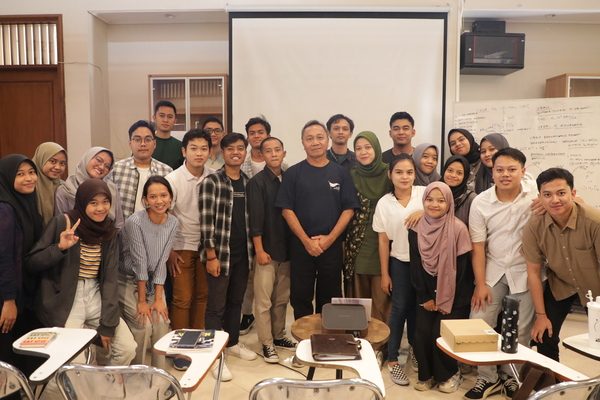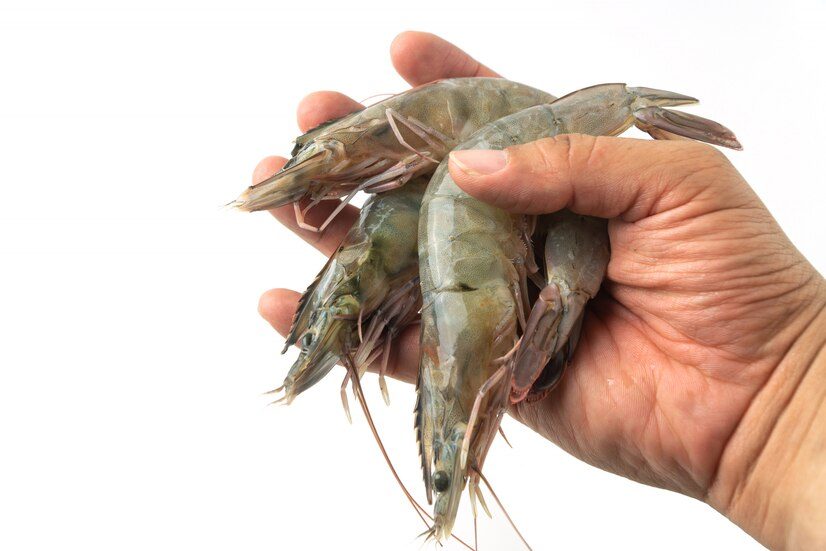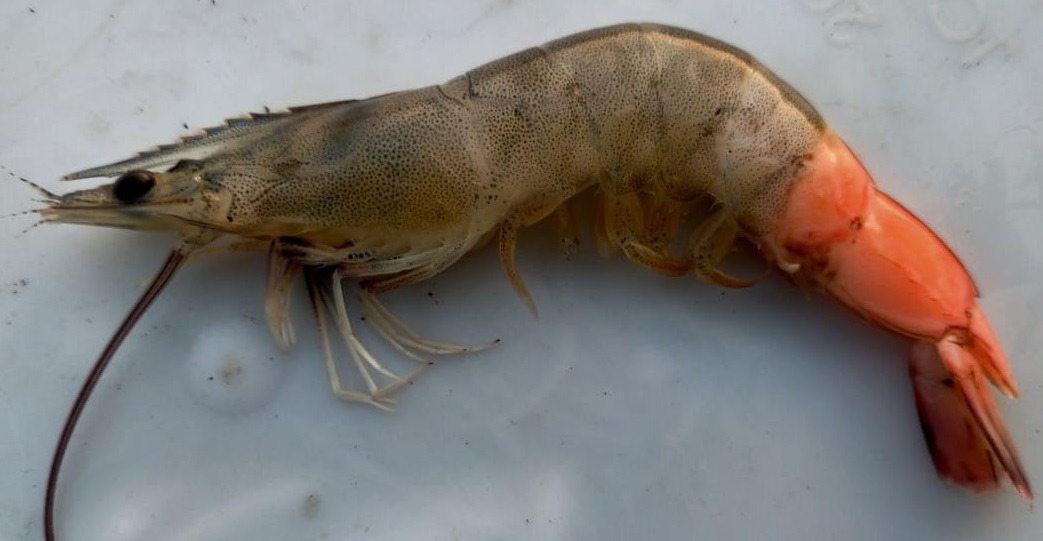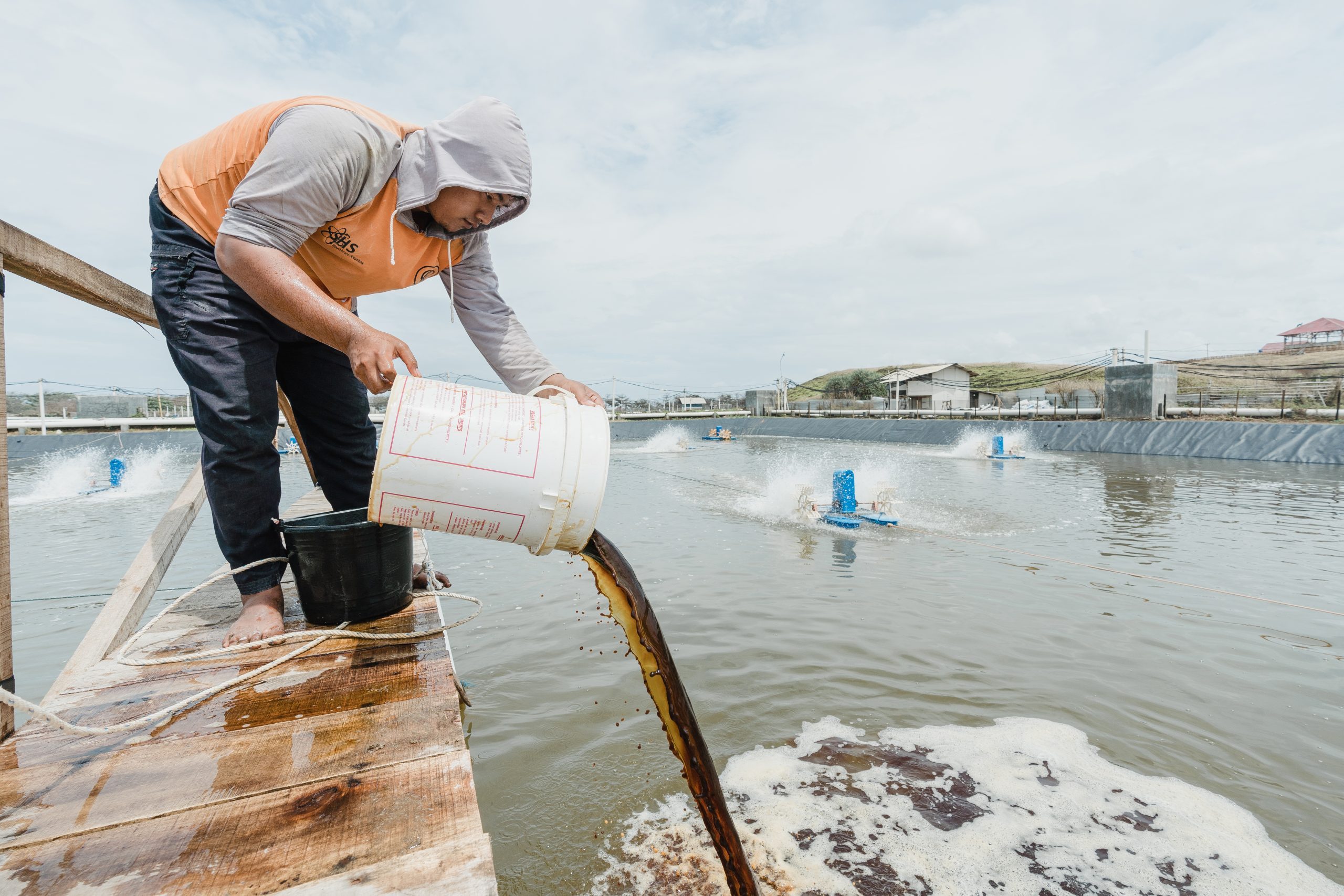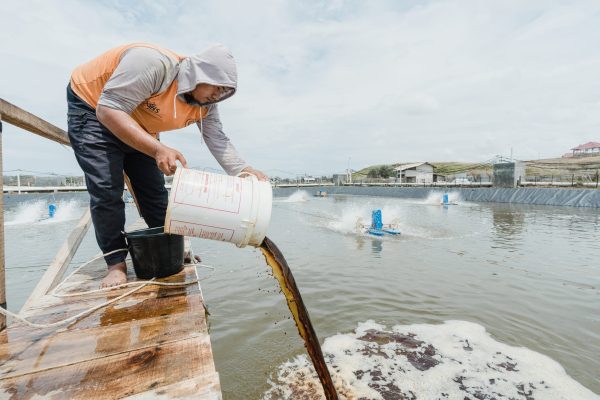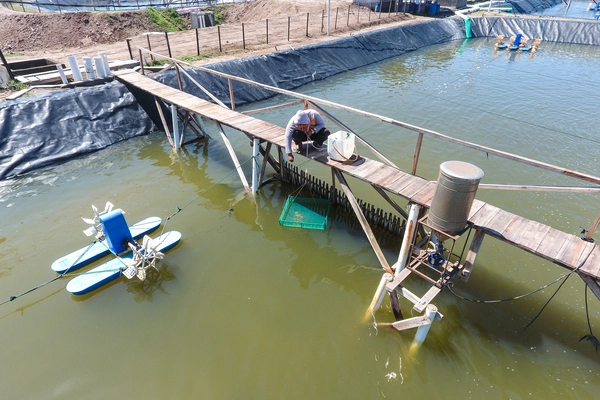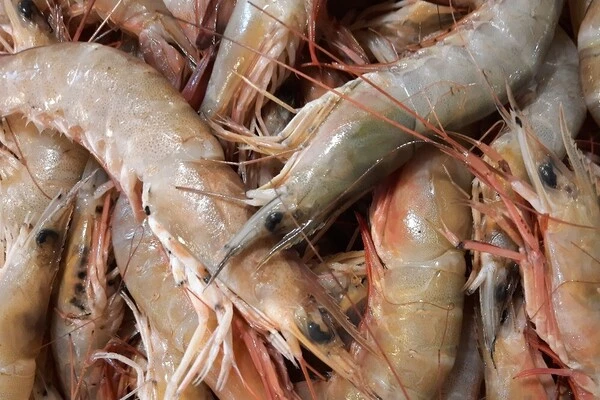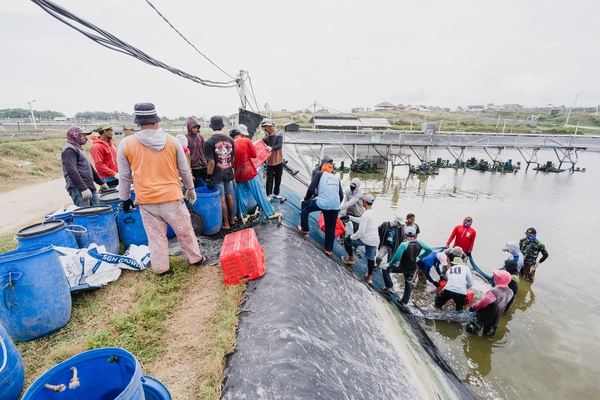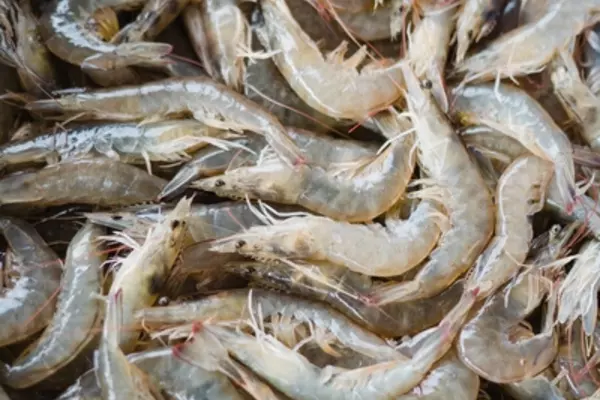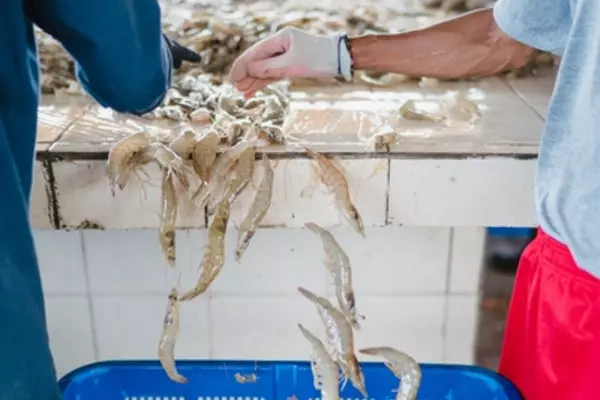4 Elements of Vannamei Shrimp Farm Management That Must Be Considered
Lately, vannamei shrimp cultivation is growing rapidly and is in great demand because of its advantages compared to other types of shrimp. However, cultivating without good farm management could even be a loss.
Various benefits can also be obtained if we apply good farm management. Starting from feed efficiency, preventing shrimp from disease attacks, and maintaining environmental sustainability, so that the productivity of the resulting pond can be maximized.
Then what should be considered in good shrimp farm management? Read until the end of this article to find the answer!
Also Read: 10 Types of Shrimp for Aquaculture and Aquascape
1. Water Quality Management
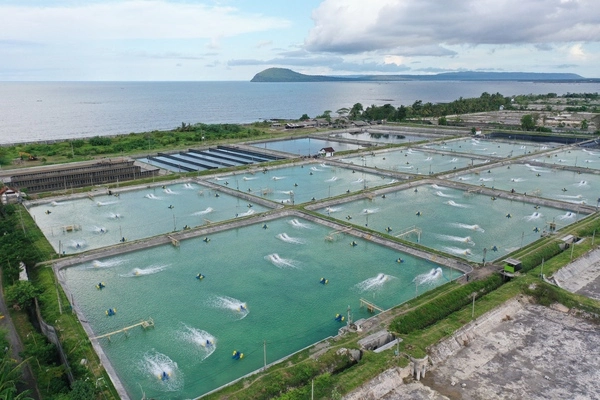
Water is the main component in aquaculture, so every aquaculture activity must have good water quality management as well. Then, how to have it? Well, the first thing that we have to do is monitor water quality. This could inform you if there is a change in water quality parameters during cultivation.
Water quality measurements are carried out physically, chemically, and biologically. Physical measurements can be carried out directly in each shrimp pond with parameters pH, temperature, DO, and water salinity.
Meanwhile, chemical and biological parameters can be carried out in the laboratory with parameters such as alkalinity, an abundance of plankton species, total bacteria, total vibrio, nitrite, nitrate, ammonia, phosphate, TOM, and total suspended solids.
In addition, the basic management of shrimp ponds must also be considered for the sustainability of aquaculture. The basic management of this pond includes the layout of the waterwheel, the activity of removing sludge, and the treatment of decomposing bacteria.
2. Vannamei Shrimp Feed Management

Vannamei shrimp feed management is another element that must be considered in shrimp farm management. The goal is to maximize feed use to support success and efficiency in shrimp cultivation.
Feed management is important in terms of the efficiency of capital spending during cultivation. This is because almost 60% of the capital is spent on feeding vannamei shrimp.
Several steps in feed management can be done through blind feeding, feeding after the first month, and using anco control.
Also Read: Types of Vannamei Shrimp Feeds to Make Your Shrimp Grow Faster
3. Shrimp Health Management
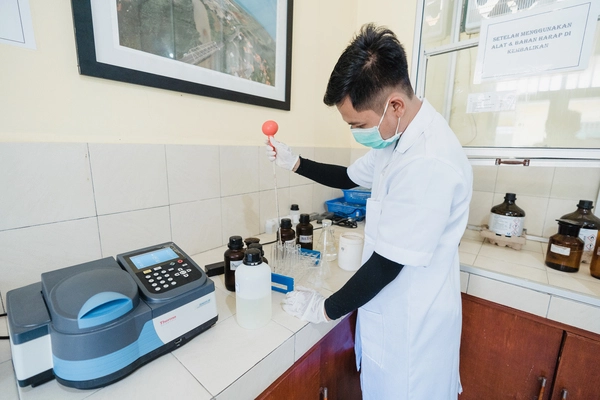
Vannamei shrimp health management is carried out to observe any changes in the shrimp. These changes are usually signs of health problems and certain diseases that attack the shrimp.
Observations can be made first by looking at the characteristics of healthy shrimp, such as having active movements, complete and intact limbs, red and bright gills, full and unbroken gut contents, proportional body shape, bright skin color and clean, tail intact, and normal length growth.
If some anomalies or discrepancies appear during a health observation, be sure to immediately investigate and mitigate the disease.
4. Aquaculture Waste Management
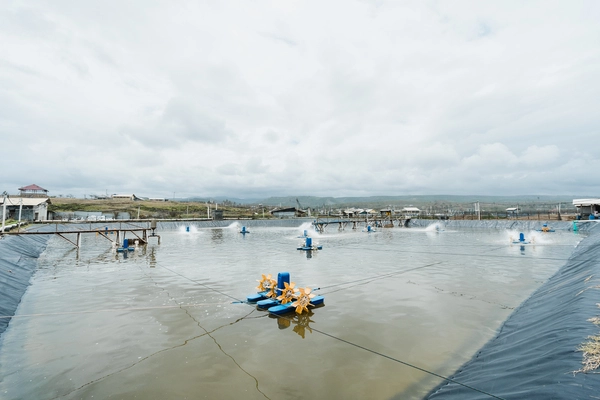
As we know, aquaculture, including vannamei shrimp, produces organic waste that can pollute the surrounding waters. Therefore farmers need to have aquaculture waste management.
Farm waste is mostly in the form of easily degraded organic waste. These wastes come from feed residues, fermented materials, shrimp manure, and other organisms in the pond.
The management of vannamei shrimp culture waste can be carried out by being disposed of or cleaned through a siphon channel, decomposed with probiotics, or oxidized with oxygen.
Also Read: 7 Easy Ways to Cultivate Vannamei Shrimp for Beginners
Entrust Your Vannamei Shrimp Farm Management to DELOS!
Good farm management is the key to the success of vannamei shrimp cultivation. There is also no need to doubt the benefits of good shrimp farm management.
Especially if you entrust the management of your shrimp pond to DELOS, with a team consisting of the top 99 best people in Indonesia in shrimp farming, DELOS is ready to help you through our Farm Management.
DELOS Farm Management integrates with the AquaHero application, making it easier for farmers to monitor their shrimp ponds. So what if a disease is detected? DELOS also has a dedicated scientist who can help you mitigate the diseases found on your shrimp farm.
Contact DELOS immediately via contact@delosaqua.com or submit a problem you want to discuss vannamei shrimp cultivation via the contact column on our website www.delosaqua.com. Entrust your shrimp farm management to DELOS!




